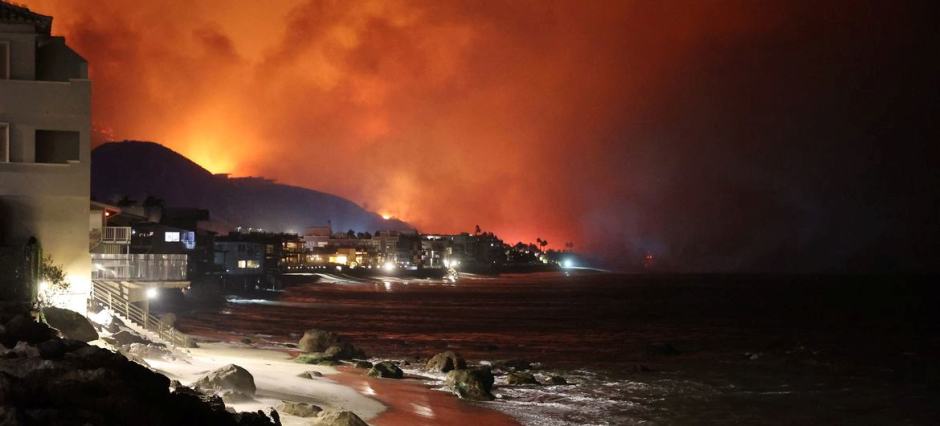Atmospheric carbon dioxide (CO₂) levels surged by a record 3.5 parts per million (ppm) in 2024, reaching a historic average concentration of 423.9 ppm, according to the latest World Meteorological Organization (WMO) Greenhouse Gas Bulletin. The WMO report warns that the unprecedented rise in greenhouse gases has locked in further long-term global warming and intensified extreme weather events.
Record-Breaking Growth in CO₂ Emissions
The WMO noted that CO₂ growth rates have tripled since the 1960s, rising from an annual increase of 0.8 ppm to 2.4 ppm in the past decade (2011–2020). However, the 2024 spike of 3.5 ppm marks the largest increase since records began in 1957.
The surge was driven by continued human emissions, increased wildfire activity, and weakened natural absorption by land and ocean carbon “sinks.” This combination threatens to create a self-reinforcing climate feedback loop that accelerates warming.
Key Takeaways
CO₂ levels hit a record 423.9 ppm in 2024, up from 377.1 ppm in 2004.
Growth rate tripled since the 1960s, with a record 3.5 ppm jump last year.
Methane and nitrous oxide emissions also reached new highs.
Weakened carbon sinks risk amplifying global warming.
The WMO calls for stronger monitoring and policy action ahead of COP30.
Weakening Carbon Sinks Raise Alarms
The WMO highlighted that about half of CO₂ emissions remain trapped in the atmosphere, while the rest is typically absorbed by forests and oceans. However, rising temperatures and severe droughts have weakened these natural sinks.
“The concern is that terrestrial and ocean CO₂ sinks are becoming less effective, which will increase the amount of CO₂ that stays in the atmosphere,” said Oksana Tarasova, WMO senior scientific officer. “Sustained and strengthened greenhouse gas monitoring is critical to understanding these feedback loops.”
The effect was intensified in 2024—the warmest year on record, driven by a strong El Niño pattern that further reduced CO₂ absorption and worsened wildfire activity.
Other Greenhouse Gases Also at Record Levels
The WMO report also revealed that methane (CH₄) and nitrous oxide (N₂O) levels reached new highs:
Methane: 1,942 parts per billion (ppb), 166 percent above pre-industrial levels
Nitrous oxide: 338 ppb, 25 percent higher than pre-industrial concentrations
“The heat trapped by CO₂ and other greenhouse gases is turbo-charging our climate and driving more frequent and severe weather extremes,” said Ko Barrett, WMO Deputy Secretary-General. “Reducing emissions is essential not just for our climate, but also for economic stability and public well-being.”
Urgent Call Ahead of COP30 The report comes ahead of the COP30 climate conference in Belém, Brazil, scheduled for November 2025. The WMO emphasized that enhanced global monitoring and emission reduction commitments are essential to limit global temperature rise and prevent irreversible climate impacts.
Baburajan Kizhakedath

